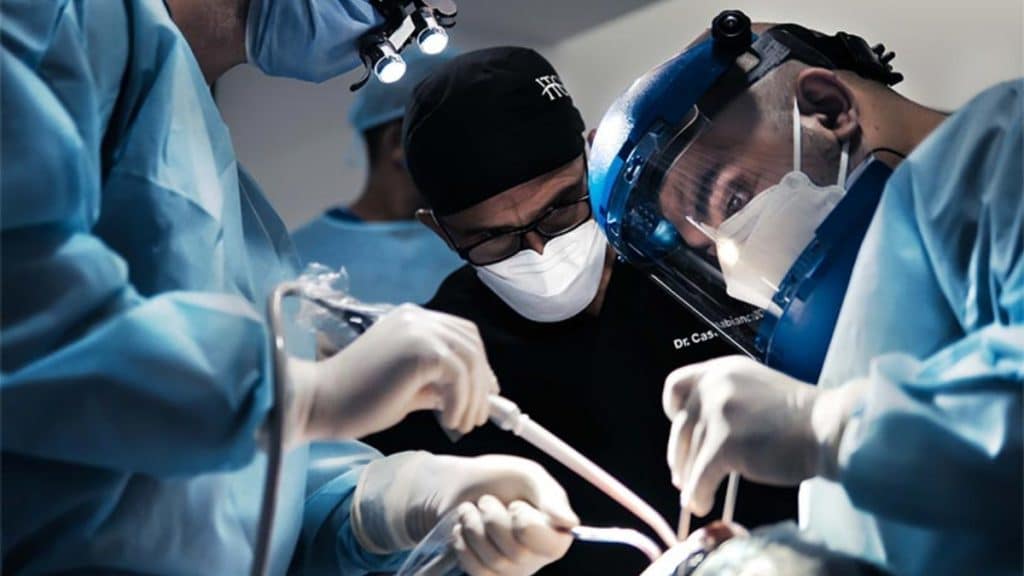Dental implants have revolutionized modern dentistry, offering a long-lasting solution for patients with missing teeth. As more patients seek this treatment, dentists must develop the skills necessary to meet demand. If you’re considering expanding your practice with implant dentistry, enrolling in a Dental Implant Course is the best way to gain hands-on experience and confidence. But what should you expect from your first course?
Understanding the Basics of Dental Implants
Before performing implant procedures, it’s essential to understand the science behind them. The first step in training often covers the fundamentals of implantology, including bone biology, osseointegration, and prosthetic considerations. These concepts help dentists understand how implants interact with the surrounding tissues, ensuring long-term success.
Courses typically include lectures on case selection, treatment planning, and risk assessment. Learning how to identify suitable candidates for implants is critical, as factors like bone density, oral health, and systemic conditions can impact outcomes. By mastering these principles early, dentists build a strong foundation for more advanced procedures.
Hands-On Training in Surgical Techniques
One of the most valuable aspects of implant training is hands-on experience. Beginner courses often provide opportunities to practice placing implants on models, animal jaws, or cadavers before working on live patients. This step allows participants to refine their surgical skills in a controlled setting without the pressure of a real clinical scenario.
Instructors guide students through incision techniques, flap design, and suturing methods. Proper handling of surgical instruments is also emphasized to ensure precision during implant placement. By practicing these techniques repeatedly, dentists develop muscle memory and confidence, preparing them for real-world applications.
Guided Placement with Live Patients
Some courses offer live patient training, allowing dentists to perform implant surgeries under expert supervision. This experience is invaluable, as it bridges the gap between theory and practice. Working on actual patients helps participants understand the nuances of soft tissue management, bone grafting, and immediate loading techniques.
Supervised placements also provide real-time feedback from experienced mentors. Instructors help students recognize potential complications and teach them how to manage unexpected challenges. This hands-on exposure is crucial for developing competence and ensuring safe, predictable outcomes in private practice.
Prosthetic Considerations and Restorative Techniques
Placing an implant is only half the process—the ultimate goal is to restore function and aesthetics. Implant training courses cover prosthetic principles, including abutment selection, impression techniques, and crown placement. These steps ensure that the final restoration integrates seamlessly with the patient’s bite and appearance.
Understanding occlusion and bite force distribution is also essential. Poorly designed restorations can lead to complications such as implant failure or excessive wear on surrounding teeth. By mastering these restorative concepts, dentists can provide comprehensive treatment that enhances both function and aesthetics.
Digital Technology and Implant Planning
Advancements in digital dentistry have made implant placement more predictable and efficient. Many training programs introduce participants to digital workflows, including CBCT imaging, guided surgery, and intraoral scanning. These technologies improve accuracy and reduce surgical risks by allowing for detailed preoperative planning.
Guided implant placement, in particular, has transformed the field by providing a higher level of precision. Using custom surgical guides, dentists can position implants with minimal margin for error. Training in digital technology ensures that dentists stay ahead of industry trends and offer state-of-the-art treatment options to their patients.
Managing Complications and Patient Expectations
Even with proper training, complications can arise during implant procedures. Beginner courses emphasize the importance of early detection and management of issues such as implant failure, peri-implantitis, and nerve damage. Understanding how to handle these challenges helps dentists build confidence and provide better patient care.
Equally important is managing patient expectations. Successful implant placement involves clear communication about treatment timelines, healing periods, and potential risks. Training programs often include case studies that teach dentists how to present realistic outcomes and build trust with their patients.
The Path to Certification and Continuing Education
Many dental implant courses offer certification upon completion, validating the skills gained during training. This credential enhances a dentist’s professional credibility and can help attract more implant patients to their practice. Additionally, some programs provide continuing education credits, contributing to licensure requirements.
However, implantology is a constantly evolving field, and ongoing education is essential for staying current. After completing a beginner course, many dentists choose to pursue advanced training in bone grafting, sinus lifts, and full-arch restorations. Investing in dental training courses and education ensures long-term success and professional growth in implant dentistry.
Final Thoughts
Dental implant training provides an invaluable opportunity for dentists to expand their skill set and offer high-quality care to patients. From learning basic principles to performing live surgeries, these courses equip professionals with the knowledge and confidence needed for successful implant placement. By embracing continuous education and modern technology, dentists can stay at the forefront of implant dentistry and enhance their practice for years to come.
